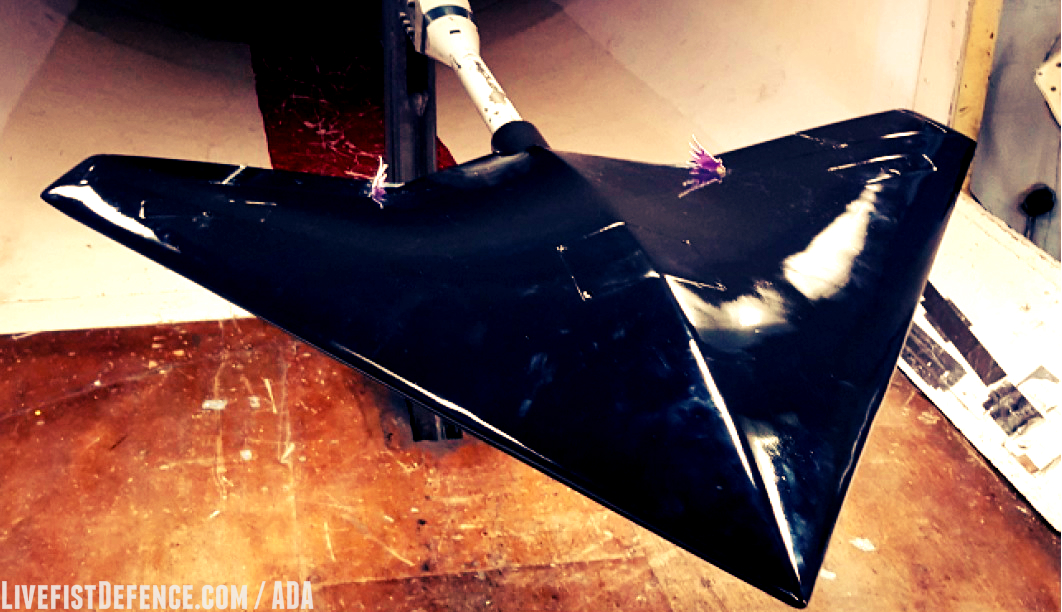DRDO working on slightly reduced range of Nag missile
Jun 23, 2016
The DRDO is working on a slightly reduced range of Nag, the indigenously-built third generation anti-tank guided missile, Director General S. Christopher said here on Thursday, June 23...
..."The missile identifies the target (tank) through infra red seeking. So if the environment is cool and even if the differential temperature is just two degree, it can identify the target," he told reporters here.
"But if the tank is left for hours in summer (sun), that is what we did during the recent trial, the temperature difference between the tank and the environment is negligible and that is the time we cannot meet the targeted four km range," he said.
While the missile had a successful night trial earlier in the year, Christopher said the DRDO was working on a slightly reduced range of "around 3.2 km from the targeted four km".
"So we have requested the defence minister that as a first phase the missile's range be slightly reduced, that too only when used in the middle of the day i.e., between 11 a.m. to 3 p.m. So in phase one, we will work on a slightly reduced range and in the next phase we will improve the product so as to meet all the targets," he said...









